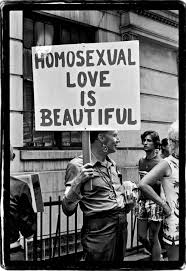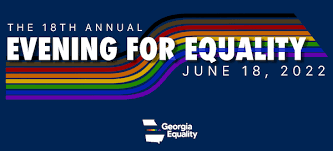Understanding Discrimination: Types, Impact, and Ways to Combat It
Discrimination is a pervasive issue that affects individuals and communities worldwide. It takes many forms and can have a profound impact on the lives of those who experience it. By understanding the different types of discrimination, recognizing its impact, and taking steps to combat it, we can work towards a more inclusive and equitable society.
Types of Discrimination
Discrimination can manifest in various ways, including:
- Racial discrimination: Treating individuals differently based on their race or ethnicity.
- Gender discrimination: Bias against individuals based on their gender identity or expression.
- Age discrimination: Prejudice against individuals due to their age, particularly in employment or social settings.
- Disability discrimination: Excluding or mistreating individuals with disabilities.
- Social class discrimination: Stereotyping or marginalizing individuals based on their socioeconomic status.
The Impact of Discrimination
The effects of discrimination can be far-reaching and damaging. Individuals who experience discrimination may face:
- Mental health issues such as anxiety, depression, and low self-esteem.
- Physical health problems due to chronic stress and trauma.
- Social isolation and exclusion from opportunities for advancement.
- Economic disparities resulting from limited access to education, employment, and resources.
Ways to Combat Discrimination
To combat discrimination effectively, we must:
- Educate ourselves and others about the harmful effects of discrimination.
- Promote diversity and inclusion in all aspects of society.
- Speak out against discriminatory practices and policies.
- Support marginalized communities through advocacy and allyship.
- Work towards creating laws and policies that protect against discrimination in all its forms.
By taking proactive steps to address discrimination at individual, community, and systemic levels, we can create a more just and equitable society for all.
“Steps to Take When Facing Discrimination: A Victim’s Guide”
“Recognizing Discrimination: Common Examples in Everyday Life”
4. “The Seven Forms of
- What are the three types of discrimination?
- What to do if you are a victim of discrimination?
- What are examples of discrimination?
- What are the 7 types of discrimination?
What are the three types of discrimination?
Discrimination can manifest in various forms, with three common types being racial discrimination, gender discrimination, and age discrimination. Racial discrimination involves treating individuals differently based on their race or ethnicity, perpetuating stereotypes and biases. Gender discrimination occurs when individuals are unfairly treated due to their gender identity or expression, limiting opportunities and perpetuating inequality. Age discrimination targets individuals based on their age, often leading to exclusion from employment or social opportunities based on stereotypes or preconceived notions about age-related abilities. Recognizing and addressing these types of discrimination is crucial in creating a more inclusive and equitable society for all.
What to do if you are a victim of discrimination?
If you find yourself a victim of discrimination, it is important to take action to protect your rights and well-being. Start by documenting the incidents of discrimination, including dates, times, and any witnesses present. Reach out to relevant authorities or organizations that specialize in addressing discrimination, such as human rights commissions or legal aid services. Seek support from friends, family, or support groups to help navigate the emotional impact of discrimination. Consider exploring legal options available to you, such as filing a complaint with the appropriate agency or seeking legal representation. Remember that you are not alone, and there are resources and allies ready to assist you in standing up against discrimination and seeking justice.
What are examples of discrimination?
Discrimination can take many forms, with examples including racial discrimination, where individuals are treated unfairly based on their race or ethnicity; gender discrimination, which involves bias against individuals due to their gender identity or expression; age discrimination, where individuals face prejudice because of their age; disability discrimination, which involves mistreatment or exclusion of individuals with disabilities; and social class discrimination, which includes stereotyping or marginalizing individuals based on their socioeconomic status. These examples highlight the diverse ways in which discrimination can manifest and the importance of recognizing and addressing them to create a more inclusive and equitable society.
What are the 7 types of discrimination?
Discrimination can manifest in various forms, with seven common types often identified. These include racial discrimination, where individuals are treated differently based on their race or ethnicity; gender discrimination, which involves bias against individuals due to their gender identity or expression; age discrimination, where prejudice is directed at individuals based on their age; disability discrimination, which involves mistreatment or exclusion of individuals with disabilities; social class discrimination, which stereotypes or marginalizes individuals based on their socioeconomic status; religious discrimination, targeting individuals based on their beliefs or practices; and sexual orientation discrimination, which discriminates against individuals based on their sexual orientation. Recognizing and addressing these different types of discrimination is crucial in fostering a more inclusive and equitable society.





Leave a Reply